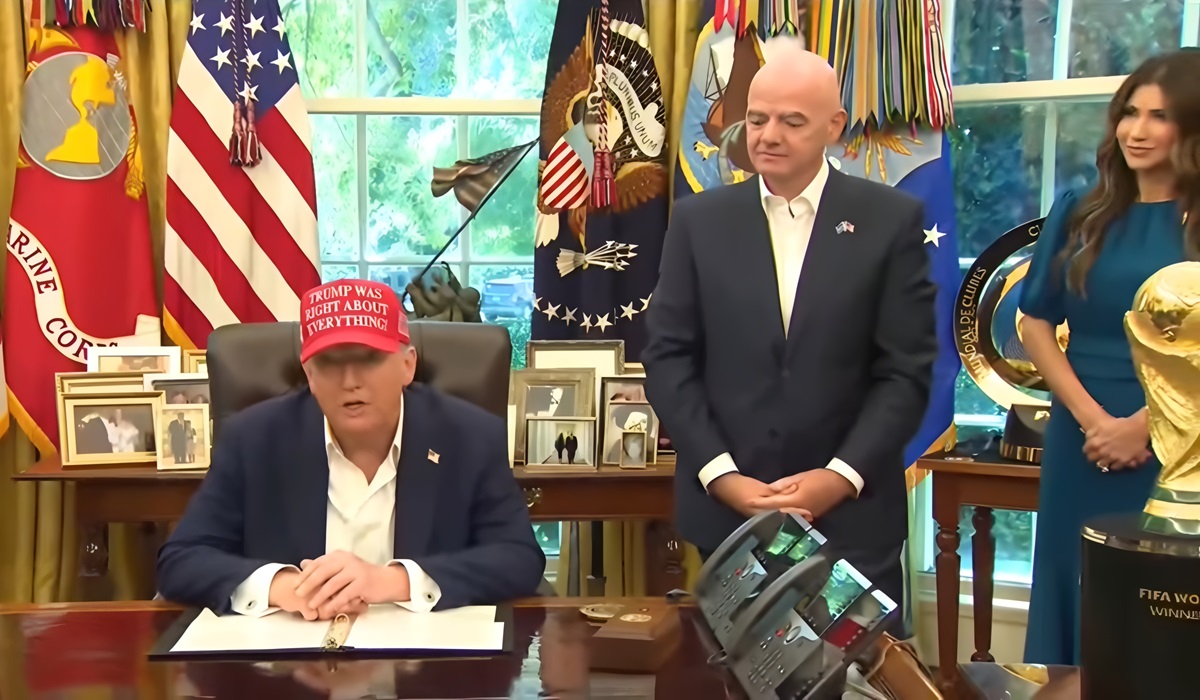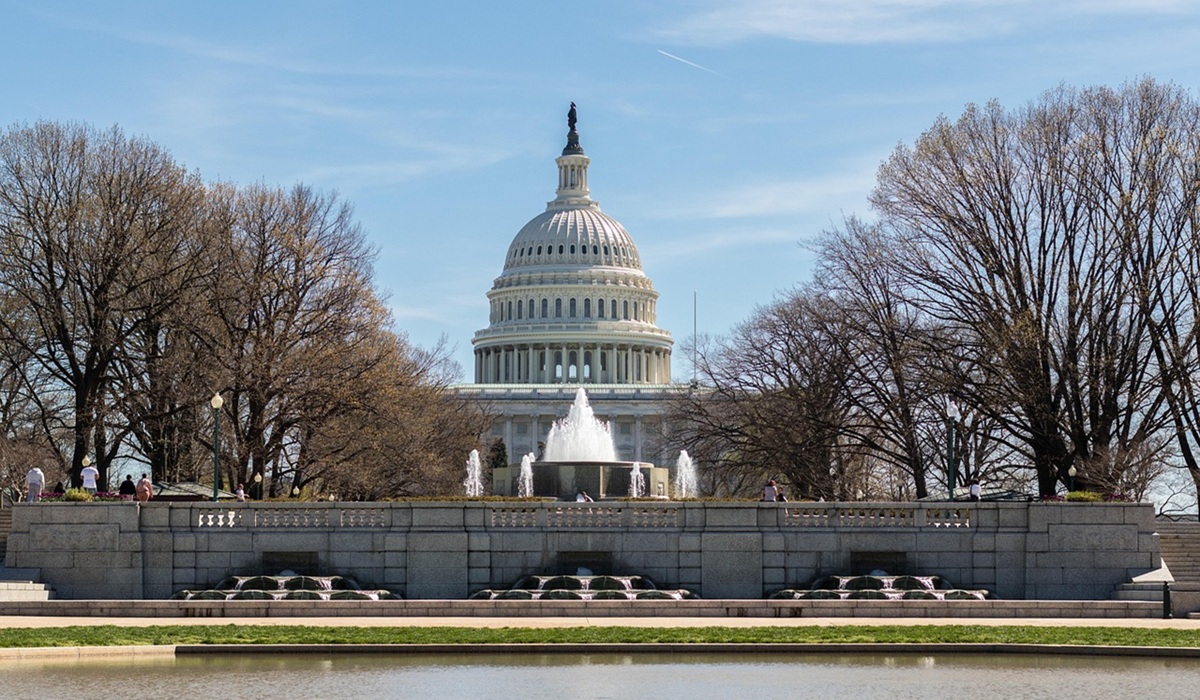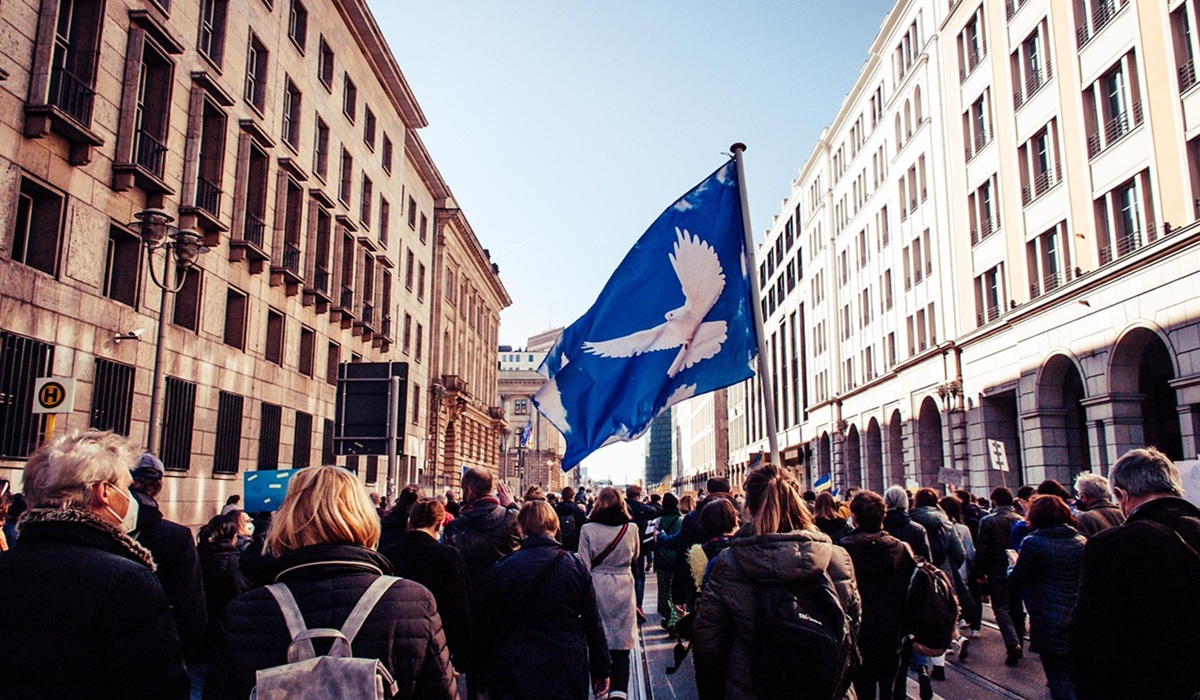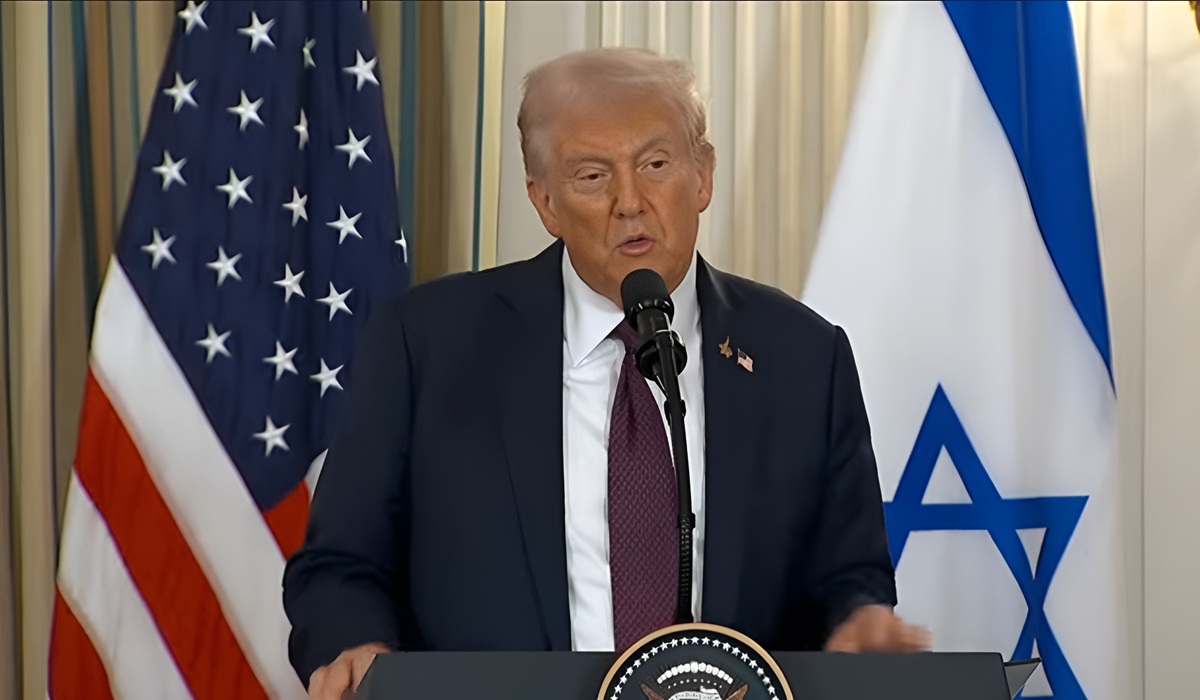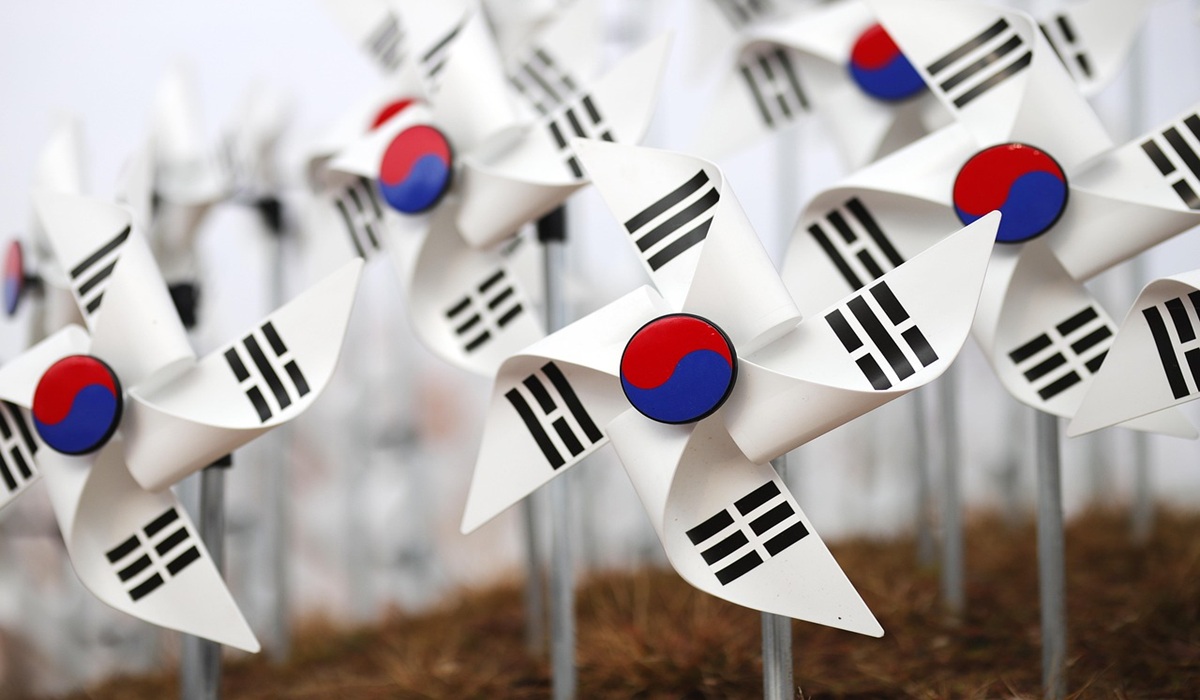President Donald Trump recently took to national television with a bold claim: that his tariffs had already collected trillions of dollars for the United States. It was a line meant to showcase economic strength and vindicate his trade agenda, but the numbers behind it tell a very different story.
The foundation of Trump’s statement can be traced to analysis from the Congressional Budget Office (CBO). The nonpartisan office never suggested that the U.S. has already banked trillions through tariffs. Instead, it projected that if tariffs were kept at current levels for a full decade, and if economic conditions remained unchanged, revenues could total around $3.3 trillion. Crucially, the same forecast pointed to an accompanying $700 billion reduction in economic output, a caveat Trump omitted.
The president’s presentation blurred these lines, using a long-range projection to support an immediate claim. The CBO’s analysis is by definition conditional: it depends on policies staying in place and trade patterns holding steady for years to come. It does not represent a pile of money already deposited in the Treasury.
This is where the danger of false narrative comes into focus. By seizing on the authority of the CBO while ignoring its cautionary notes, Trump gave the impression of a windfall that simply does not exist. Tariffs do generate revenue, but they do so by raising costs on importers and, ultimately, on consumers—meaning the burden is often felt in higher prices at home.
Economists stress that projections like those from the CBO are not political talking points but policy tools, meant to illustrate possible outcomes over time. Stripped of context, however, they can be weaponized in the public arena. Trump’s statement framed tariffs as an unquestioned victory, masking both the conditional nature of the numbers and the economic costs baked into them.
The broader issue extends beyond tariffs. It reflects how narratives are shaped, and how partial truths can distort public understanding of policy. The reality is that while tariffs can raise money, they can also slow growth, squeeze businesses, and put pressure on household budgets. The CBO’s work was meant to highlight both sides of that equation, not to provide a slogan.
By citing trillions already collected, Trump created a powerful image, but one that does not align with fiscal reality. And in doing so, he underscored the gap between political messaging and the complicated economic truth.

